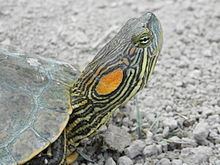Higher classification Slider turtles Order Turtle | Subphylum Vertebrata Subfamily Deirochelyinae Phylum Chordata Rank Species | |
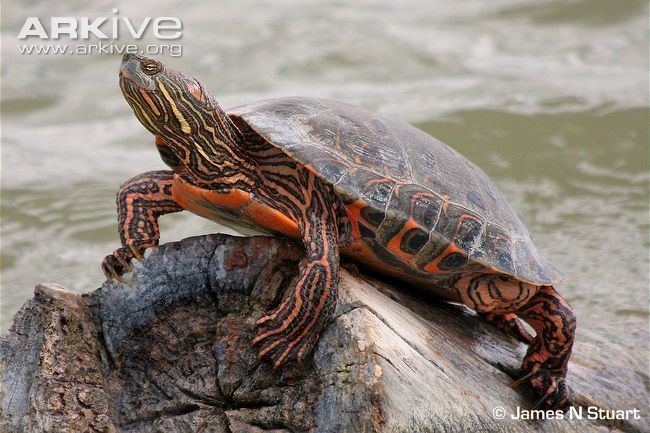 | ||
Similar Slider turtles, Turtle, Hispaniolan slider, Ornate slider, Reptile | ||
The Big Bend slider (Trachemys gaigeae) is a species of aquatic turtle endemic to the Southwestern United States and northern Mexico.
Contents
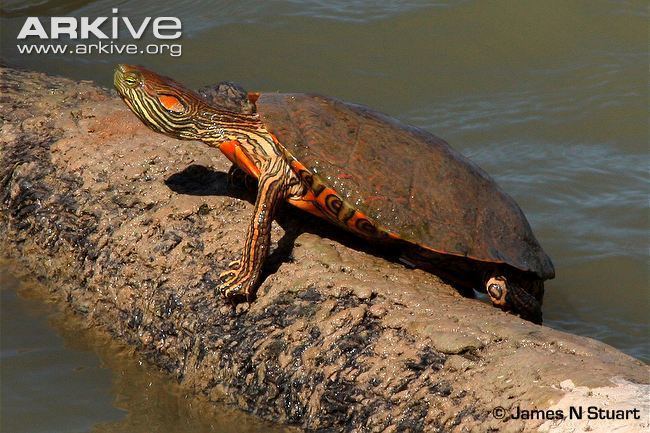
Geographic range
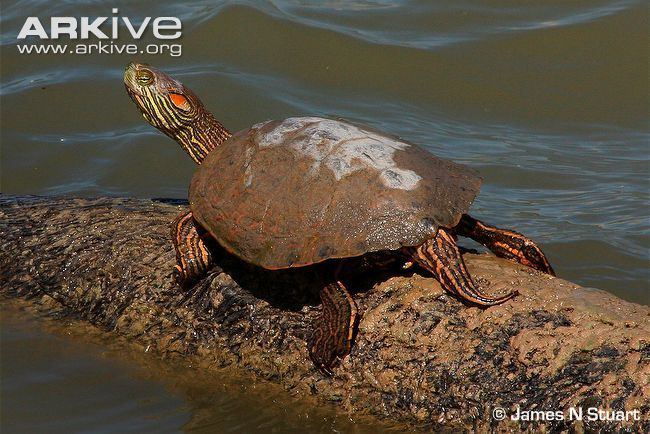
T. gaigeae is native to the United States in the states of New Mexico and Texas, and to northern Mexico in the state of Chihuahua. It is found primarily in the Rio Grande and Rio Conchos river systems.
Etymology
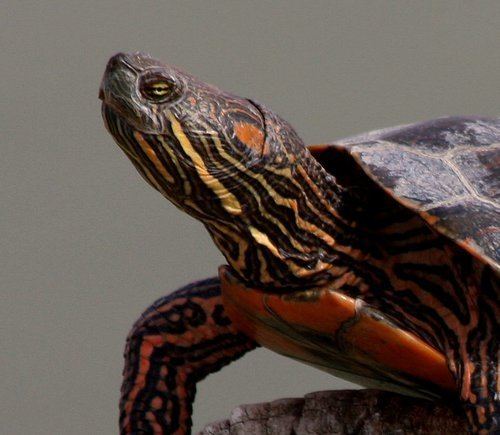
The epithet, gaigeae, is in honor of American herpetologist Helen Beulah Thompson Gaige, who collected the first specimen in the Big Bend region of Texas in 1928.[1]
Taxonomy
The species was first described by professor of zoology at the University of Michigan, Dr. Norman Edouard Hartweg, in 1939. It was for a time considered to be a species of cooter, genus Pseudemys, and then a subspecies of the pond slider, Trachemys scripta, but it was granted full species status, though many sources still refer to it by its various synonyms.
Behavior
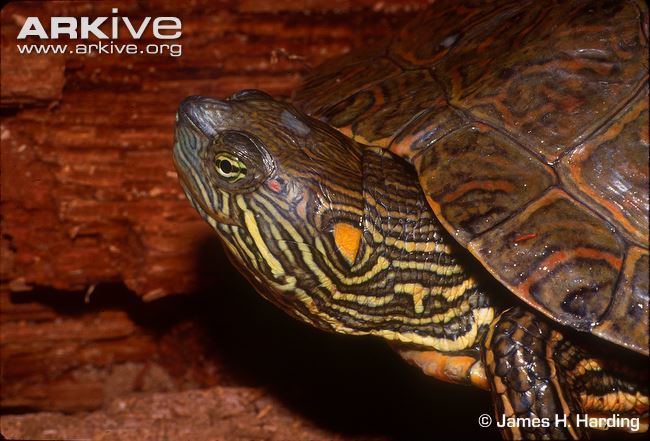
Primarily aquatic, Big Bend sliders are often seen basking on rocks or logs in the water, and when approached quickly dive to the bottom. The only time they spend a large amount of time on land is when the females emerge to lay their eggs. They are an omnivorous species, with younger animals being more carnivorous, and progressively becoming more herbivorous as they age, with older adults being nearly entirely herbivorous.
Description
Adults of T. gaigeae have a carapace length of 5 to 11 inches (13 to 28 cm).
Subspecies
